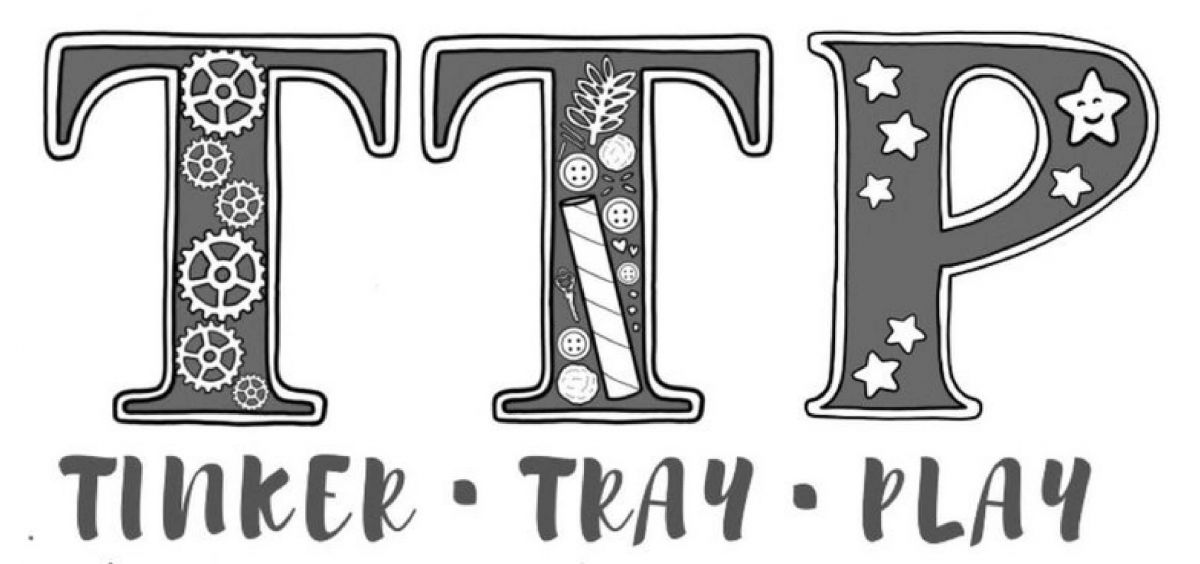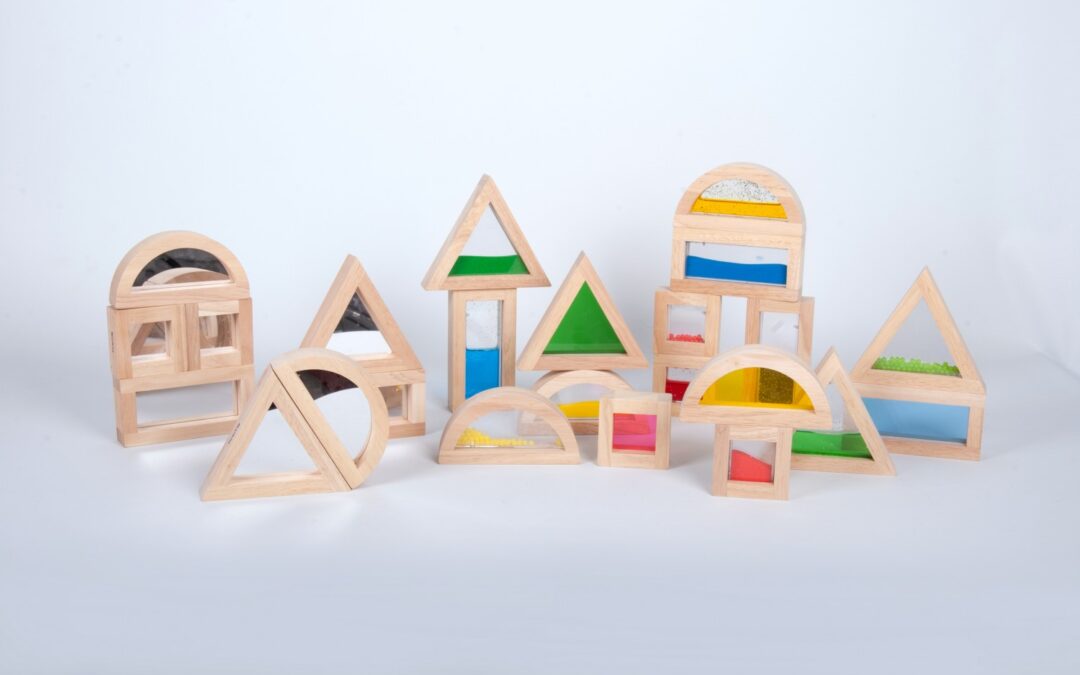Wooden blocks are a traditional and favourite toy loved by many. They stand the test of time because of their simplicity. A block is a loose part resource that can be used in so many ways, open ended with no predetermined purpose, a child can imagine and create while they play and learn.

Here are just some of the many things children will learn through block play in the early years:
- Mathematical and Scientific Concepts – Block play introduces children to some very simple early maths and science concepts such as shape, size, weight, volume, balance, patterns. Children begin to explore and understand experimentation as they stack and play, and encounter cause and effect.
- Communication and Language – Children can gain communication and language skills in a number of different ways through block play. They may be playing independently and vocalising their play as they become immersed in their creations. They may be talking with a grown up about their play and in this way vocabulary can be taught and shared. They may be playing alongside or with other children and so conversing as they share ideas and plans.
- Problem solving and logical thinking – Block play really encourages children to create and design and problem solving is a fundamental part of this type of play. For example, In order to stack or build they need to find a way to place blocks onto each other in such a way that they stay. Circular blocks will not create as stable a structure as square. Block play really helps develop this type of logical thinking.
- Physical development – Children of all ages will develop spatial awareness and hand eye coordination as they reach for and lift blocks. Arm and finger muscles will become strengthened through play.



- Social Skills – There are some great social aspects to block play. It enables children to work collaboratively to build, learning to share and pass blocks.
- Creative play – blocks are open ended and can be used for lots of different types of play, they can be appropriated and imagined into cars, food, houses, bridges, pathways, almost anything that a child can imagine can be represented by a block.
- Developmentally appropriate play – blocks can be used in different ways by children of different ages and abilities so they’re an incredibly versatile and cost-efficient resource. From babies just learning to pick up and grasp, to toddlers beginning to stack and build to pre-schoolers using them for intricate patterns and structures. In this way, children of all ages can gain a sense of accomplishment and achievement through block play.



Ways to enhance block play – Think about how blocks are displayed and stored. Can children easily see what is available, can they access blocks on their own or do they need assistance. Are books and props available in or near the block area to enhance and extend play?
It is for all of these reasons, as well as their simple fun factor that wooden blocks have retained a place in in nurseries and classrooms for centuries. Block play enables independent thought, inquisitive play and inspires creativity and self-expression. A fantastic educational resource!
Thank you for reading, Anna xx

